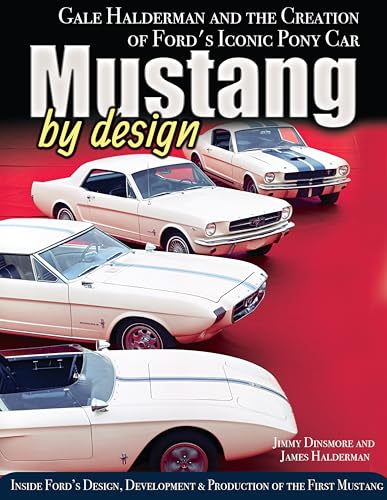- Joined
- Sep 30, 2010
- Messages
- 6,304
- Reaction score
- 1,262
- Location
- Mustang, OK.
- My Car
- 1972 Mach 1 Q code
2007 GT
1969 Cougar Eliminator B302
CSX 7000 Shelby Cobra FIA
2020 Edge ST
2002 F250 V10
That is correct on both counts. Chuck

So, still need camshaft bearings:
Sealed Power 1403M or Clevite SH710S.
Rod bearings:
Sealed Power 83400CP or 3400CP.
0,010 undersize.
Crankshaft main bearings:
Sealed Power 4925M or 146M.
0,010 undersize.
The bypass tube is already removed, pinhole on it, need a new one.
Any though about what I should choose?
Here is the block before and after a cleaning job:
On those main bearings, At our shop, we stock the Clevite bearings, and, they are very good bearings. For use with the stock cast iron crank, I'd stick with the "P" series, which are standard 77 material. The "H" series means hardened, and likely not necessary with a soft crank , still, a good bearing. Personally, I like, (and run in my Mach and my Ford powered ski flatbottom boat ), the Sealed Power "M" series, like the 146M noted above. The 146M bearings are a competition bearing material, and are 3/4 grooved sets, that is, unlike the Clevite set which has a fully grooved upper shell in the block and a non-grooved lower shell for load carrying, the 146M sets have an upper fully grooved and a lower which has partial grooves close to the halves parting line giving more oil available to supply the rod bearings but solid bearing material at the bottom where the most load is concentrated.
The Sealed Power 3/4 groove design is of the very same design used in modern performance engines today, notably the Chevrolet LS series being but just one of those utilizing this 3/4 groove technology.
That heater hose nipple is always something we will replace whenever we are working on a customer's block. They are pressed in to the block. Often, they are so damaged or rusty that removing the darned thing takes some patience, but not a big deal. Most auto parts stores have the nipple listed in their heater/ air conditioning parts books. Also, when cleaning the block, have your shop remove the oil galley plugs, front and rear, and have them rifle-brush those passageways clean. Note, that the front allen plugs are a special thread and are slighty "pointy" on their back side. DON'T misplace or loose these, as they are special to the front oil galleys behind the timing gear. Just a little thing, but nobody has mentioned that difference in the galley plugs thus far.
Thanks. So for the moment I keep the stock distributor and later will see with ignition conversion kit.That is correct on both counts. Chuck
What engine code was this?Experimentation I would say as I never been so far in a restoration.
A lot of crap wason the heads, and under the pan valley, surely caused by a very poor maintenance. When I opened the engine last evening, the smell remind me some location with H2S, but no I was not on a job.
I have a few push rods bented.
Any suggestions are welcome, I need to refer to books and documentation I have to continue the job, and of course the help of this site ::thumb::
I have been running the Pertronix II in the factory distributor for years , and have had no issues. Starts everytime and runs great.Look up Pertronix. They have some nice electronic ignition products.











The Lakewood blowshield can be used with the 157th or 164th flywheel. It has starter positions for both. I personally would keep with the 11" clutch. That MTF-4 flywheel looks to be drilled for both the 10.5" and 11" pressure plate.Hello guys,
Can I use a 10.5" clutch disk for a 351C or 11" is the right one?
I have a Lakewood 15200 bellhousing and don't know exactly what I can use as flywheel and clutch. I found a MTF4 flywheel not far where I live
https://www.cjponyparts.com/flywheel-cast-iron-164t-28-oz-manual-transmission-302-351w-351c-1969-1973/p/MTF4/
Thanks




